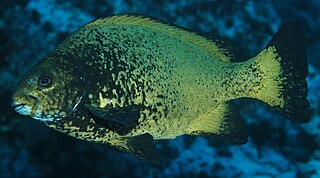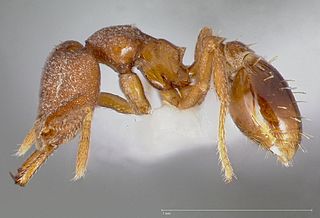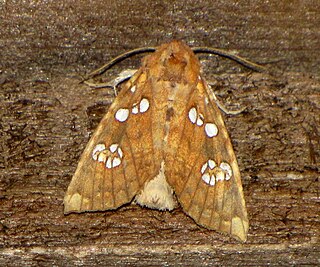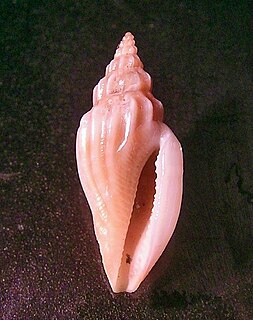| Homoglaea | |
|---|---|
 | |
| Scientific classification | |
| Kingdom: | |
| Phylum: | |
| Class: | |
| Order: | |
| Family: | |
| Genus: | Homoglaea Morrison, 1876 |
| Homoglaea | |
|---|---|
 | |
| Scientific classification | |
| Kingdom: | |
| Phylum: | |
| Class: | |
| Order: | |
| Family: | |
| Genus: | Homoglaea Morrison, 1876 |

Pedinellales is a group of single-celled algae found in both marine environments and freshwater.

Carpenter bees are species in the genus Xylocopa of the subfamily Xylocopinae. The genus includes some 500 bees in 31 subgenera. The common name "carpenter bee" derives from their nesting behavior; nearly all species burrow into hard plant material such as dead wood or bamboo. The main exceptions are species in the subgenus Proxylocopa; they dig nesting tunnels in suitable soil.

The Lamnidae are the family of mackerel or white sharks. They are large, fast-swimming sharks, found in oceans worldwide. The name of the family is formed from the Greek word, lamna, which means fish of prey, and was derived from the Greek legendary creature, the Lamia.

Tantilla is a large genus of harmless New World snakes in the family Colubridae. The genus includes 64 species, which are commonly known as centipede snakes, blackhead snakes, and flathead snakes.

The sea chubs are a family, Kyphosidae, of fishes in the order Perciformes native to the Atlantic, Indian and Pacific Oceans usually close to shore in marine waters.

Rhomaleosaurus is an extinct genus of Early Jurassic rhomaleosaurid pliosauroid known from Northamptonshire and from Yorkshire of the United Kingdom. It was first named by Harry Seeley in 1874 and the type species is Rhomaleosaurus cramptoni. It was one of the earliest large marine reptile predators which hunted in the seas of Mesozoic era. Its length was about 7 m (23 ft) long. Like other pliosaurs, Rhomaleosaurus fed on ichthyosaurs, ammonites and other plesiosaurs.

Cephalotes is a Neotropical genus of tree-dwelling ant species, commonly known as turtle ants. All appear to be gliding ants, with the ability to "parachute" and steer their fall so as to land back on the tree trunk rather than fall to the ground, which is often flooded.

Red-bodied swallowtails or ruby swallowtail are butterflies in the swallowtail family, that belong to the genera Atrophaneura, Byasa, Losaria, or Pachliopta. They are generally found in Asia.

Jamides, commonly called ceruleans, is a genus of butterflies in the family Lycaenidae. The species of this genus are found in the Indomalayan realm, the Palearctic realm and the Australasian realm.

The genus Halictus is a large assemblage of bee species in the family Halictidae. The genus is divided into 15 subgenera, some of dubious monophyly, containing over 200 species, primarily in the Northern Hemisphere. Most species are black or dark brown, sometimes metallic greenish-tinted, with apical whitish abdominal bands on the terga.

Strumigenys is a genus of ants in the subfamily Myrmicinae.

Abagrotis is a genus of moths of the family Noctuidae.

Euxoa is a genus of moths of the family Noctuidae.

Papaipema is a genus of moths of the family Noctuidae. The genus was erected by John B. Smith in 1899.
Sympistis is a genus of moths of the family Noctuidae.
Inquisitor is a genus of small predatory sea snails, marine gastropod mollusks in the family Pseudomelatomidae.

Thiara is a genus of freshwater snails, aquatic gastropod mollusks in the family Thiaridae.

Eucithara is a genus of small to quite large sea snails, marine gastropod mollusks in the family Mangeliidae.
| This Cuculliinae article is a stub. You can help Wikipedia by expanding it. |